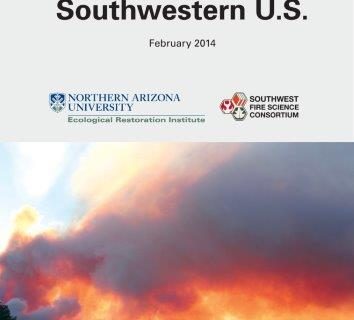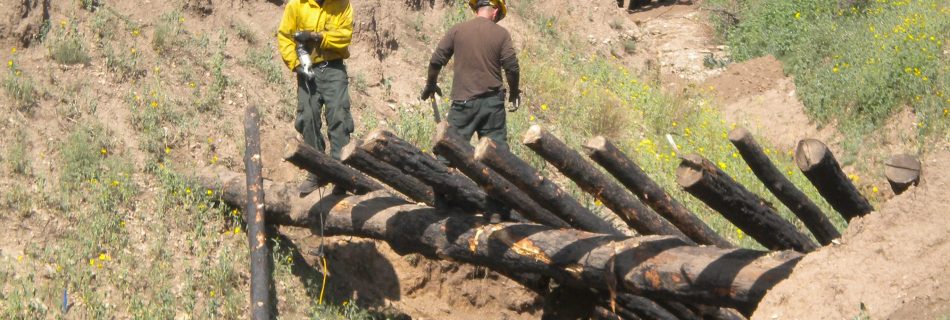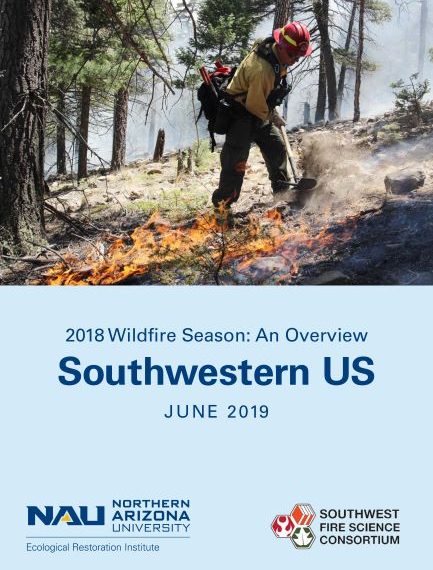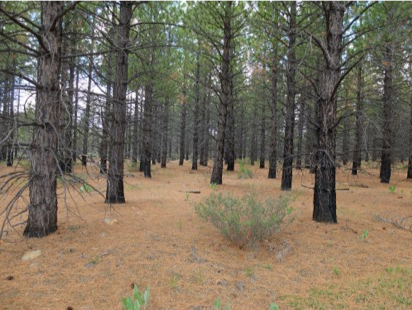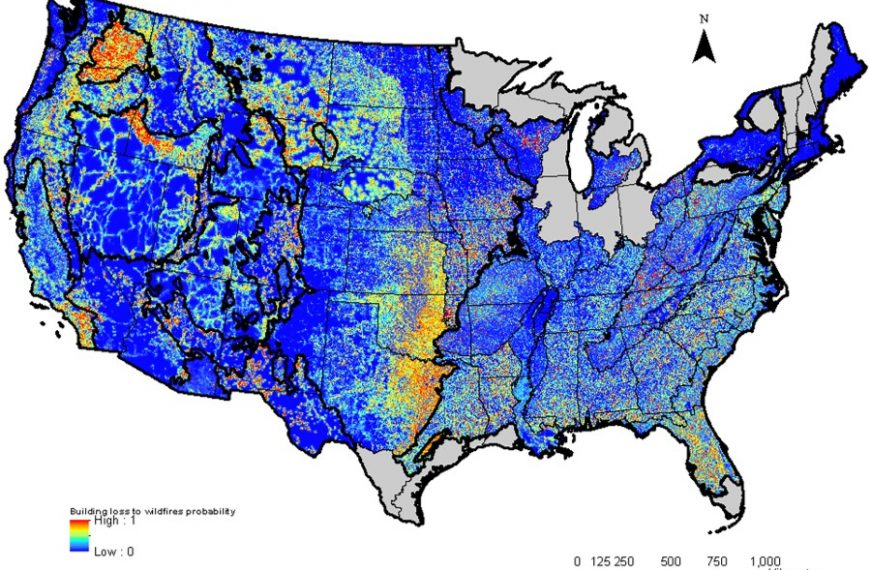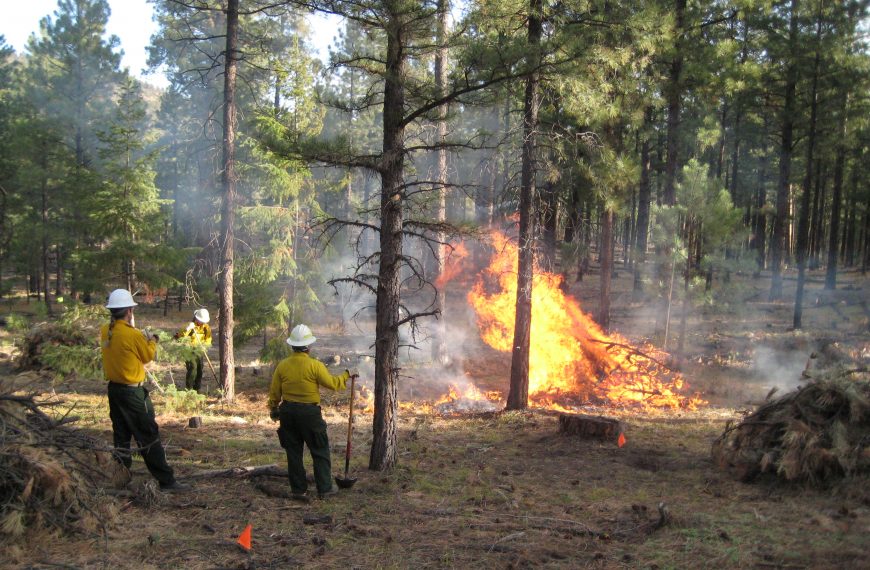On the afternoon of May 20, the Slide Fire was reported towards the south end of Oak Creek Canyon between Flagstaff and Sedona, Arizona. The canyon is steep and rugged – not the type of country that firefighters prefer for taking on a fire directly. After the initial threat to nearby homes passed, fire managers decided to use a confine-and-contain strategy, drawing a large box around the fire perimeter and using low-intensity burnout operations to rob the main head of the fire of fuel. This video describes the how fire officials managed the Slide Fire, and how the chosen tactics lessened negative impacts to the forest and watershed while providing for the safety of the more than 1,200 firefighters working the fire. The indirect tactics used on the Slide Fire are part of a national trend, wildfires being managed in ways that can benefit the landscape even while actively accomplishing suppression and protection objectives. National and regional fire experts discuss these changing trends and how fire management can be further improved to lessen negative impacts and actually create benefits for ecosystems.
Click here for an accompanying “Every fire is an opportunity” write up containing more detail.

